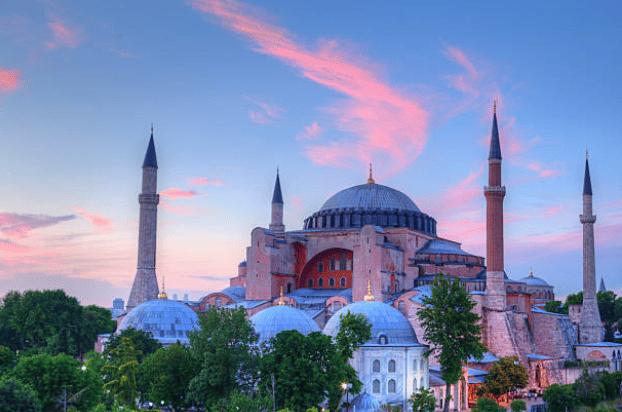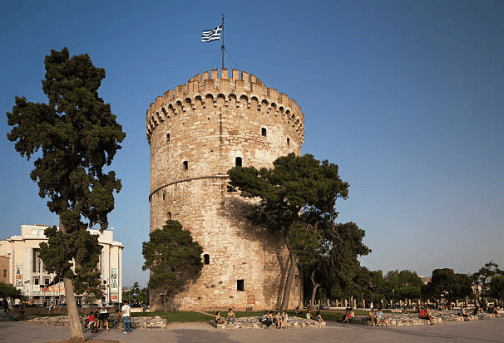When you hear the name Greece, the first thing that usually comes to mind is a series of exotic islands, the number one holiday destination in Europe, like Santorini, Crete, and Mykonos. Greece is indeed synonymous with its famous islands in the Mediterranean Sea, while its mainland is often overlooked as a tourist destination. But when given the chance, Thessaloniki reveals many hidden gems that are truly captivating. In this classic city, which was once the most important city of the Roman, Byzantine, and Ottoman empires, you’ll find the twin of Istanbul’s Hagia Sophia.

Armed with historical information about Thessaloniki, I decided to explore the Greek mainland rather than its overly touristy islands. Located in the Macedonia region, Thessaloniki is quite far from Athens, which lies at the southern tip of Greece. Since Greece’s transportation system lags behind that of Western European countries, I opted to take a train to Thessaloniki. The ticket was relatively expensive, considering Greece is an affordable European country to visit, costing 45 euros or around IDR 726,600. However, the 7-hour journey was quite enjoyable as I could take in the Greek landscapes from end to end while on the train.
Upon stepping out of Thessaloniki’s train station, my first impression of Greece’s second-largest city was that it felt both classic and a bit chaotic. From the time of the Byzantine Empire to the rule of the Ottoman Turks, Thessaloniki was always the largest, wealthiest, and most important city after Constantinople (Istanbul). Today, in modern times, Thessaloniki is known as the cultural capital of Greece and the second economic hub after Athens. It’s no wonder that Thessaloniki is bustling and packed with both locals and visitors like myself.

The main draw for many travelers to Thessaloniki is its wealth of historical buildings from the Byzantine and Ottoman eras. All of them are remarkably well-preserved and beautiful. One that intrigued me the most was Agia Sofia. This Byzantine-style church was built in the 8th century, modeled after Istanbul’s Hagia Sophia. When the Ottoman dynasty conquered Byzantium in 1430, Agia Sofia was converted into a mosque. It remained a Muslim place of worship for almost 400 years, until Greece regained control in 1912, after which Agia Sofia returned to its function as an Orthodox Christian church, which it still serves today.
After visiting Hagia Sophia, my next destination was the New Waterfront. No trip to Greece is complete without seeing the sea, and the New Waterfront is a popular gathering spot for both Thessaloniki residents and tourists. The New Waterfront is a 3.5-kilometer seaside promenade. In the evenings, many locals can be seen jogging or strolling here. Several tourist boats dock here, offering dinner cruises on the Mediterranean Sea.

Not far from the New Waterfront stands one of Thessaloniki’s landmarks, the White Tower. This 34-meter-high tower is a relic of the Ottoman Empire. Despite its dark history, where Sultan Mahmud II executed rebellious Janissaries, today many tourists climb to the top to enjoy beautiful views of the Mediterranean Sea and Thessaloniki.
The White Tower, with its strong Ottoman architectural style, was once known as the Tower of Blood. After a prisoner painted the entire tower white in exchange for his freedom in 1890, the tower’s name changed to the White Tower. To climb to the top, you need to buy an entry ticket for 4 euros or around IDR 64,600.
